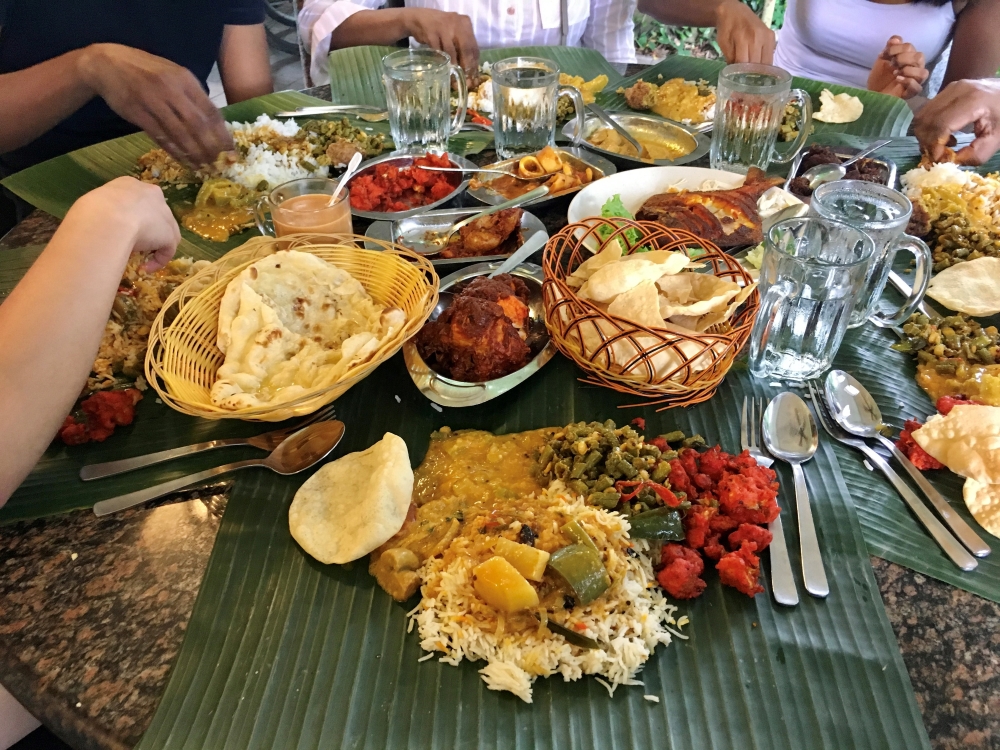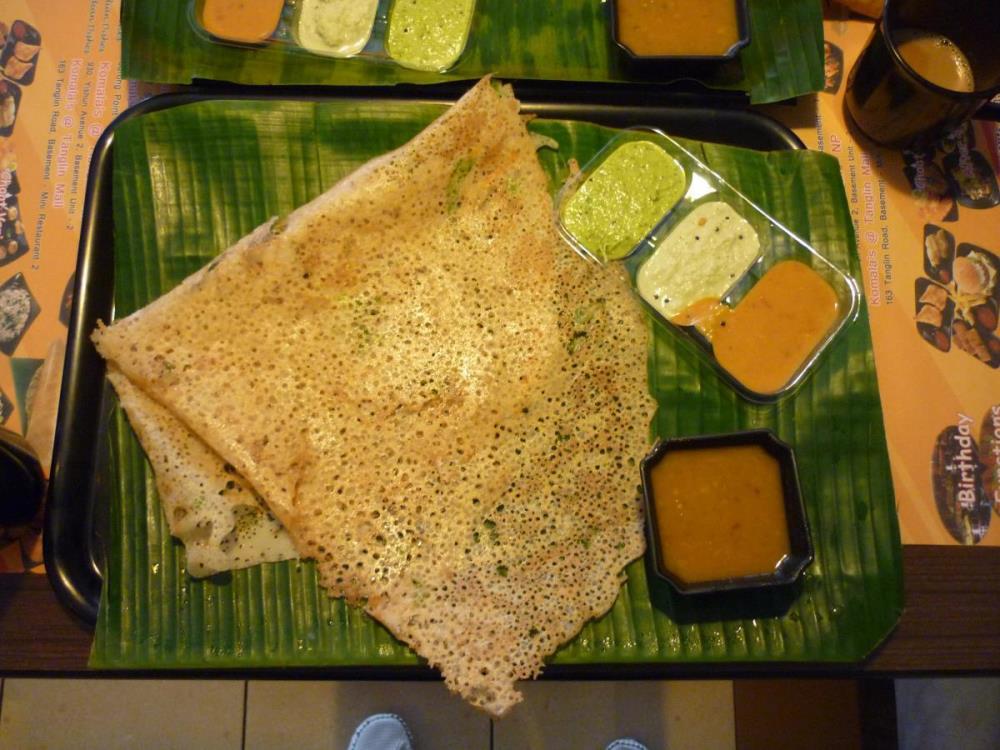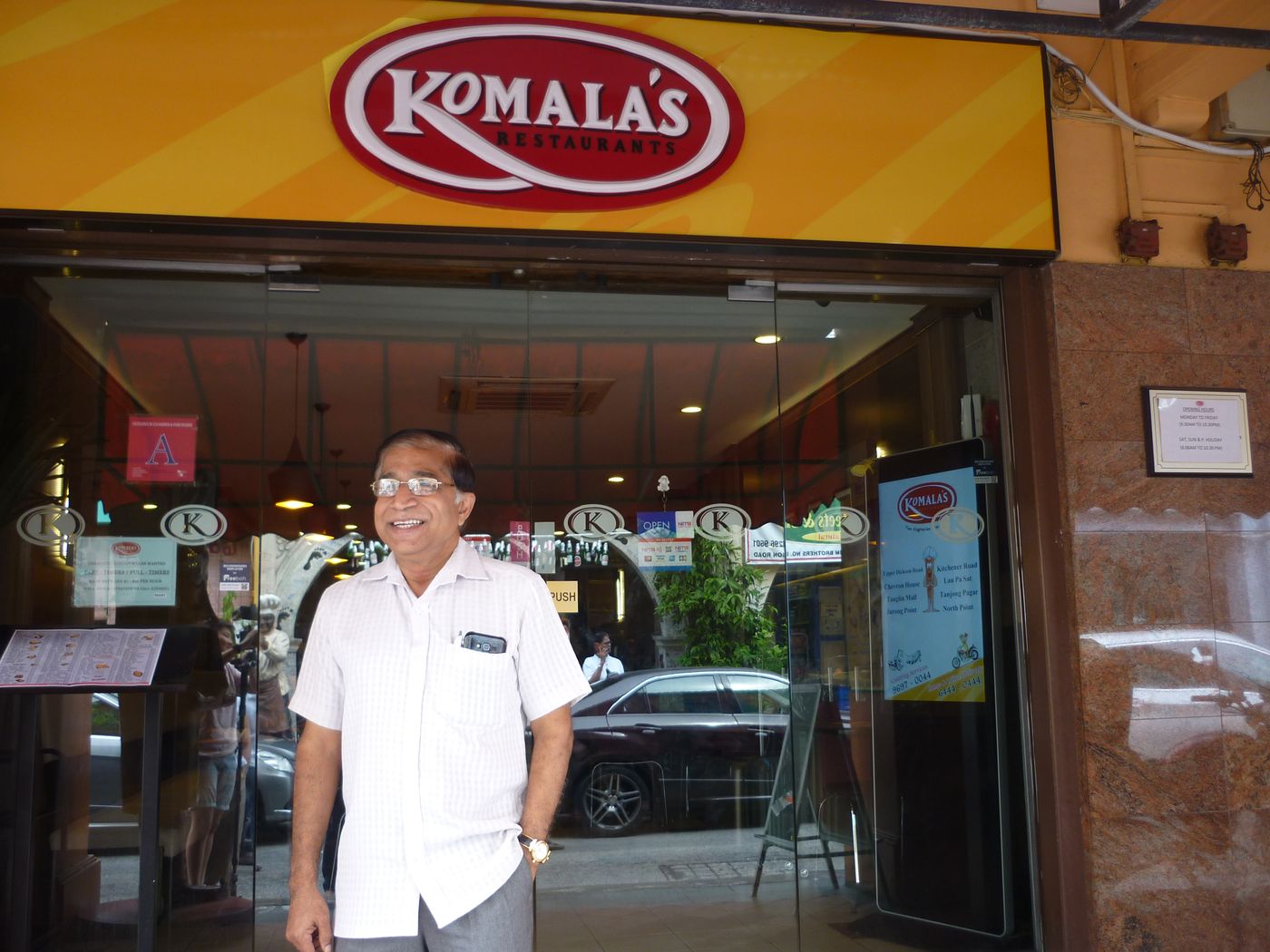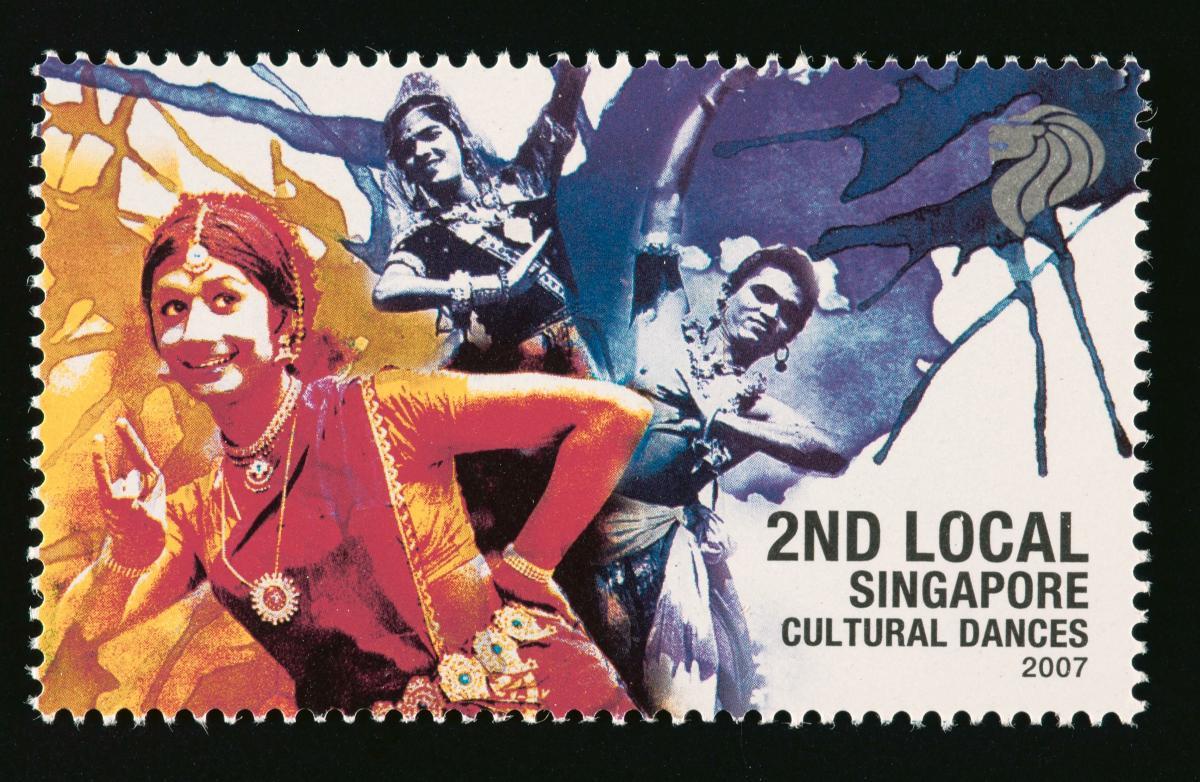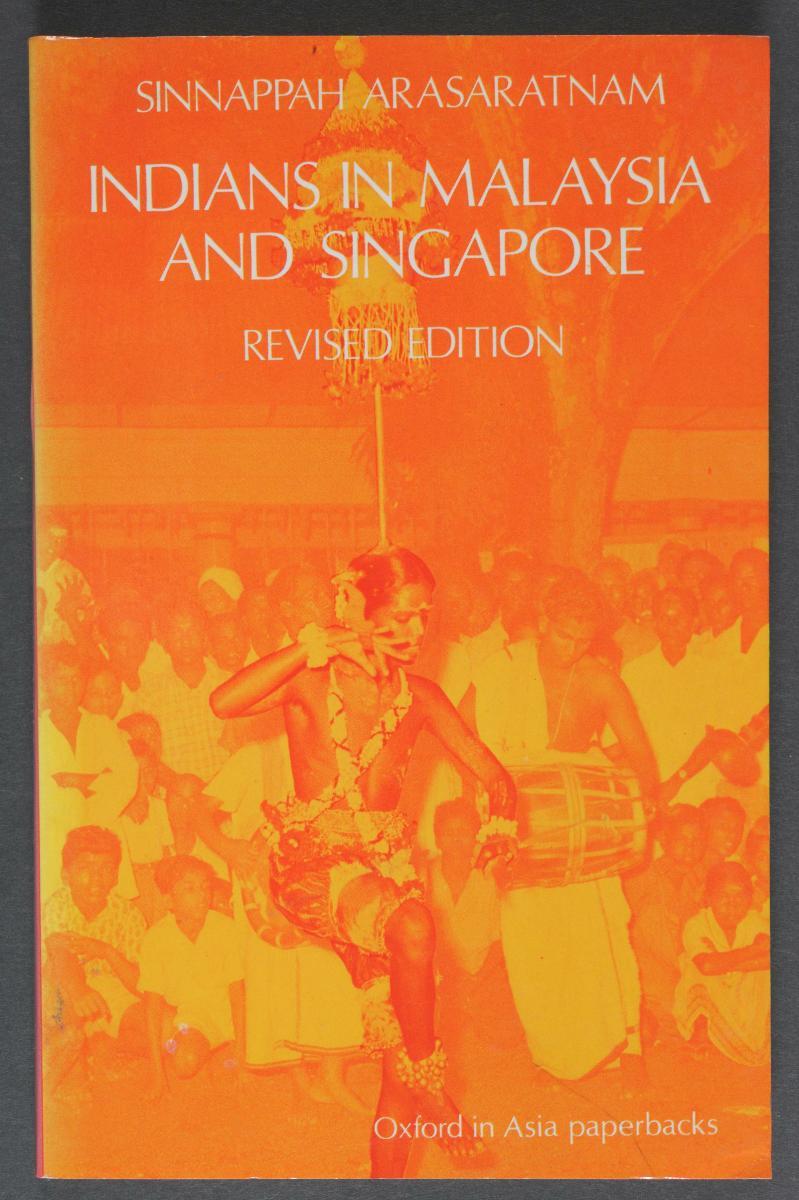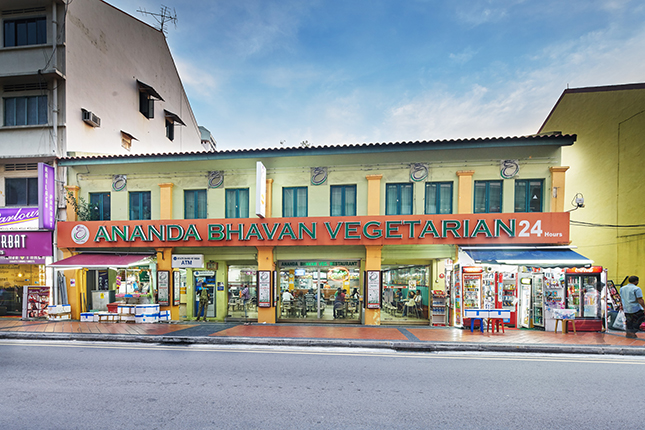Indian Cuisine in Singapore
Indian cuisine comprises diverse and rich culinary traditions from the Indian sub-continent. In Singapore, Indian cuisine includes Tamil Muslim cuisine, South Indian as well as North Indian cuisines and various other regional traditions. Many of these dishes with roots in India have been adapted and influenced by culinary traditions of other communities in Singapore. Vegetarian cuisine also features strongly in Indian food heritage, and is a hallmark of Indian festivals such as Pongal, and celebrations during weddings.
Geographic Location
In Singapore, Indian cuisine is available at many food establishments, including hawker centres, eateries and upscale restaurants. Families also cook the cuisine within households, with recipes passed down through the generations.
Communities Involved
The Indian community in Singapore is diverse, and the cuisine features prominently in religious and cultural practices. Non-Indian communities also enjoy the variety of dishes and the rich flavours associated with the Indian cuisine found in Singapore.
Associated Social and Cultural Practices
The ingredients commonly used in Indian cuisines include ginger, garlic, turmeric, cardamom and cumin as well as different varieties of spices. Rice is a staple in South Indian cuisines, and common ingredients include lentils, tamarind and curry leaves. Thosai (crepe-like pancake made with fermented batter) that is served with vegetable fillings, chutney and sauces is another popular dish commonly associated with South India.
North Indian cuisine include naan (oven-baked flatbread), samosas (triangular-shaped fried snack with savoury filling), palak paneer (vegetarian dish containing spinach, garlic and different types of spices) and aloo ghobi (vegetarian dish containing potatoes, cauliflower and different types of spices).
In Singapore, there are a number of notable dishes which combine culinary traditions from Indian cuisines with culinary traditions from other communities. These include popular local Tamil Muslim dishes such as roti prata (flatbread with stretched dough and ghee), biryani/briyani (rice dish with spices) and rojak (salad dish with fruits and vegetables). The fish head curry is another example of a dish involving the fusion of culinary features from South Indian and Chinese communities in Singapore. The dish is believed to have been conceived by Mr M. J Gomez, who came to Singapore from Kerala, India in the 1930s.
Indian vegetarian meals typically comprise a staple (rice/ flatbread) and a few small portions of vegetable dishes. Each dish is cooked using its own unique blend of spices. Traditionally, the food is served on a banana leaf or large metal plate, and consumed using the right hand.
Herbs and spices play a key role in Indian cuisine. Apart from adding distinctive flavours, they also contain medicinal properties. Common spices include cumin, aniseed, nutmeg, fennel, and cardamom, which aid digestion. The dishes use a variety of root and leafy vegetables, lentils, and alums. A poriyal (fried or sautéed vegetables) dish may comprise carrots and green beans, for example.
An important aspect of Indian food is the mithai, or sweets. Since many Indian vegetarians do not eat eggs, this ingredient is usually avoided in dessert recipes. Milk, ghee, and sugar are very commonly used though, and some popular sweets include rasgulla (a ball made of a kind of cheese, which is then soaked in sugar syrup) and besan burfi (a soft, crumbly sweet made from chickpea flour, sugar, and milk). Some desserts, such as payasam, are essential during celebrations ranging from birthdays and weddings to religious festivals.
Some restaurants follow the traditional way of serving food either on a banana leaf or a large plate known as a thali. In South Indian temples, banana leaves are more commonly used, while metal plates are more often used in North Indian temples. Special vegetarian items may be served on lotus leaves in a Hindu temple, as the lotus flower represents purity and sacredness. Food is eaten using the right hand; using the left hand is considered offensive.
Experience of a Practitioner
Mr R.T. Sekar grew up watching his father run Komala Vilas. Today, Mr Sekar manages nine outlets and two franchises aimed at the younger generation. His restaurants serve not only traditional South Indian vegetarian food, but also fast food and fusion food such as vegetarian pizzas and burgers. He has added new ingredients to traditional food, such as putting chocolate in thosai (a rice flour-based dish) and lowered the spice levels to cater to the local palate.
Besides making changes to the food, he has adapted the ordering system used in western fast-food chains for his business: customers order food at the cashier, and the food is later brought to the table.
A main challenge Mr Sekar faces is finding suitable workers for his restaurants. However, he is glad that his children are stepping up to continue the family business.
To Mr Sekar, Indian cuisine is a key part of his heritage. He believes that the knowledge about the cuisine begins at home and parents should instil in their children an interest in heritage, be it through language, cuisine, or traditional costumes. Mr Sekar makes it a point to educate his customers by including a brief history of South Indian vegetarian food in his menu. By opening his restaurants beyond Little India, he has made the cuisine more easily available to many Singaporeans and tourists.
Present Status
Meanwhile, detailed cookbooks about the cuisine and online recipes are easily available. As Indian food is part and parcel of daily life, traditional rituals and weddings, the cuisine is likely to continue to be enjoyed by many.
References
Reference No.: ICH- 047
Date of Inclusion: April 2018; Updated March 2019
References
Achaya, K.T. Indian Food: A Historical Companion. Delhi: Oxford University Press, 1994.
Aggarwal, Uma. Incredible taste of Indian Vegetarian Cuisine. New Delhi: Allied Publishers Pte Ltd, 2016.
Hedge, Shweta. Leena Nair, Haritha Chandran & Haroon Irshad. “Traditional Indian way of eating - an overview”, Journal of Ethnic Foods. 5(1): 20-23, 2018.
Khun Eng Kuah. “State, Conservation and Ethnicization of Little India in Singapore”, Urban Anthropology and Studies of Cultural Systems and World Economic Development. 27(1): 1-48, 1998.
Majmuder, Praya & Sumita Sen-Gupta. Indian Vegetarian Cookbook. Malaysia: Times Book International, 1989.
Misra, Ranita Misra. Indian Foods: Aapi’s Guide to Nutrition, Health and Diabetes. India: Allied Publishers Private Limited, 2011.
Nandy, Ashis. “The Changing Popular Culture of Indian Food”, South Asia Research. 24(1): 9-19, 2004.
Rowe, Caroline. “Endless Eating: The Indian Thali". In Mark McWilliams (ed.), Food and Material Culture, Proceedings of the Oxford Symposium on Food and Cookery. Great Britain: Prospect Books, 2014.
Sanmugam, Devagi. Banana Leaf Temptations. Singapore: VJ Times, 1997.




